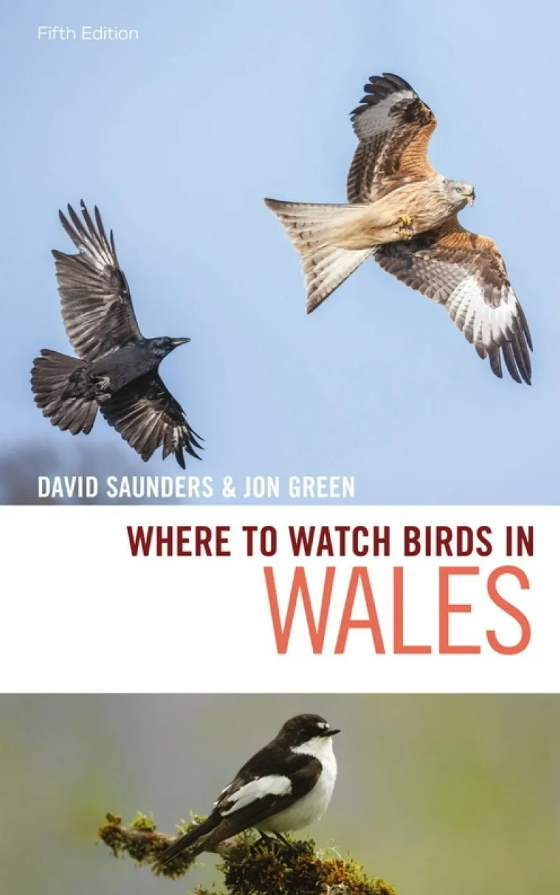Where to Watch Birds in Wales
- Where to Watch Birds in Wales by David Saunders and Jon Green.
- Bloomsbury, London, 2022. 384 pages.
- ISBN: 9781472979513. Pbk, £25.
- Bookshop from £20.00.
A land of valleys, moors and mountains, Wales hosts great birdlife that provides plenty of interest for local or visiting birders alike. This latest update to Where to Watch Birds in Wales is the first since 2008 and features 143 sites, 35 more than the previous incarnation. Despite its authoritative nature, it is light and compact, making it suitable for taking out in the field or on holiday. It encompasses much more than might appear at first glance, with its volume of detail reaching far beyond a simple 'where to watch' guide.
The authors' love for the Welsh landscape and its avifauna is evident in abundance. The introduction acquaints the reader with the diversity of habitats found across Wales, from uplands to estuaries and internationally important seabird colonies.
Organised alphabetically by vice-county, site accounts are clear and comprehensive. These include a summary of habitats at the site, a suggestion of the best times to visit and details of other wildlife – including rare plants and insects. Key sites are introduced with more detailed descriptions.
Expected birds are mentioned, organised by seasonal occurrence, as are birding 'spectacles' and noteworthy high counts. Notable past records are also included. Interesting titbits, such as changes to species distributions and local history, help to build a complete picture.
Maps accompanying each site are well laid out and easy to digest, with a number having been updated since the fourth edition. These include details of footpaths, hides and car parking. It is a shame to see that all points on the maps are provided in grid references only and expanding this to include co-ordinates would allow for increased interoperability with most types of commonly used mapping software.
Although rural locations aren't always easily accessed by public transport, there are a number of sites included in the book that are located alongside a major bus route or railway station. In these instances, it would be beneficial to include mention of this, opening up use of the book to those who don't drive and giving those who do a greater range of options. In addition, discussion around varying levels of mobility or wheelchair accessibility is sparse.
A trilingual index is an interesting and helpful addition, listing English, Welsh and scientific names for all bird species on the Welsh list. Likewise, there is a glossary of commonly found Welsh place names and natural history terms. Another worthy inclusion is a list of local bird groups, sightings pages and county recorders.
At a price of £25, this new edition of Where to Watch Birds in Wales provides excellent bang for your buck and is well worthy of a place in the rucksack or car glovebox of any birders living in or visiting Wales. At 384 pages, it is bound to include information new to even the most well-travelled and its dive into recent and ancient human history will mean looking at even the most familiar sites with fresh eyes.



